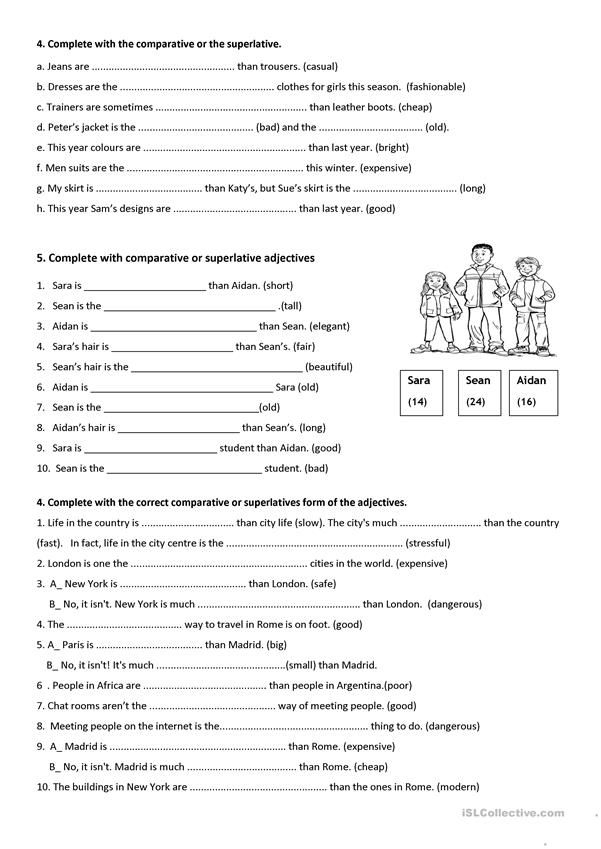Adverbs Well Good Worksheet – An adverb identifies a verb, an adjective or another adjective. Adverbs are used to indicate the time, place or what happened. They usually appear after the adjective, verb, or adverb that they alter.
These are only few examples.
He ran quickly.
She sang wonderfully.
They can fluently speak English.
There are many ways to make adjectives. As you will see, there exist multiple methods to make Adverbs. You can observe that different words are able to be combined to produce different kinds of adverbs.
He drives slowly.
He was there on time.
Adverbs are usually placed at the end or beginning of a sentence. The reason for the adjective determines where it will be placed.
As you can see, modifiers of verbs usually go in the direction of the verb. Adverbs that modify adjectives and other adverbs must be placed before the adjective or another adjective they modify.
For instance:
He is an inefficient driver. (incorrect)
He’s a slow driver. (correct)
He drives slowly. (correct)
They arrived quickly. (correct)
They showed up promptly. (incorrect)
Learn more about the adverbs. These worksheets can help you practice using adverbs in sentences. The worksheets are divided into three sections.
Review a variety of sentences and note the adverbs that are in each sentence. The first section focuses on the identification of adverbs. The second section, Adverbs, will help you learn to use adverbs to recognize the adjectives and verbs. The third section, Forming Adverbs will help you learn how to convert adjectives into adverbs.
There’s no need to wait! Grab your pencil and take a look at these worksheets for adverbs.
Worksheets for Adverbs – Types and uses
Adverbs are used to describe a verb, adjective, or other word. Adverbs tell you what is happening, where, and when it was done. Adverbs are typically placed after a particular verb.
He walked slowly around the room.
For instance, many adverbs can be created by adding -ly to an adjective.
Adjective Slow
Adverb: slowly
Adjective: quick
Adverb: quickly
Adjective: hard
Adverb: Hard
Adverbs can be either one-word or multi-word. For instance, the -ly form is a one-word adjective.
Slowly, he moved around the room.
Multi-word adverbs consist of many words, like:
He walked slowly through the room.
These are a few multiword adverbs which are very frequent.
adverb + adverb: quite slowly, extremely quickly
Adverb + adjective: Very hot Very cold
Preposition + Adverb = without delay, at the front
Two types of adverbs exist.
1. Adverbs that describe the ways in which things happen.
The adverbs of fashion inform us how something is done. Here’s an example of how:
He slowly moved around the room.
This sentence slowly reveals the way he moved.
These are just two examples of adjectives that describe manner.
You can speak clearly or rapidly.
2. Place-related Adverbs
Adverbs that place indicate what is being done. Consider this example:
He moved about the space.
The adverb in this sentence lets us know where he has taken a walk.
These are just some examples of adjectives for places:
Outside, upstairs and down, and there is nowhere else
Adverbs are also available which refer to frequency or time. For example, adverbs of time signify the date when something was done.
He was slow to move around the room.
In this sentence, the adverb slow was employed.
Adverb Worksheets Tips and tricks
Adverbs refer to words that alter an adjective, verb, or any other adjectives. These worksheets will help you explain to your students how to use adverbs. Here are some suggestions and tricks to help to get the most value out of your worksheets on adverbs.
1. There are a myriad of sentence forms.
Adverbs can be used in a variety of sentences. Make sure you play around when you work on your worksheets. Simple sentences are able to be paired with complex sentences or even questions. This will allow your students to learn about the various functions of adverbs.
2. Highlight the words with the Adverbs
When you create worksheets, make sure you highlight the correct adjectival terms. It will be easier to recognize the adverbs that you want to teach your students. To represent each sentence, highlight all adverbs with one color or use a different colour.
3. Let your students make their own sentences.
Students should not just fill in the blanks on their worksheets, but they should also compose sentences that contain adjectives. They should be able to comprehend the use of adverbs in writing.
FAQs: Adverb Worksheets
1. What are the adverbs?
An adverb can be defined as a term which describes a verb an adjective or a different word. Adverbs define when, where, or how something was done. They usually end with the suffix”-ly.
2. There are four primary kinds of adverbs you are able to use.
There are four types of adverbs.
3. How can I use adverbs in my writing?
Adverbs are used to describe both verbs (and adjectives). Adverbs can make your writing more informative and interesting.
4. What are some common adverbs you use?
Common adverbs can be used to describe: quickly slow, well and quickly poorly, efficiently early and late; hard, soft forever and never frequently and regularly.





